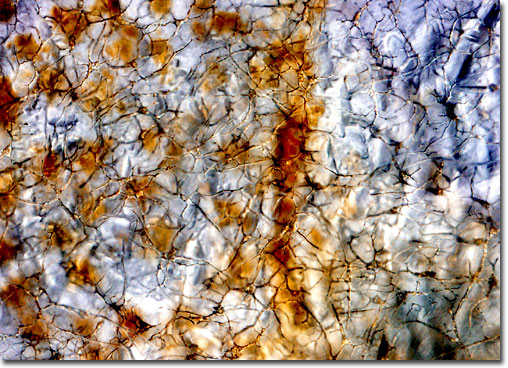© 1995-2025 by
Michael W. Davidson
and The Florida State University.
All Rights Reserved. No images, graphics, software, scripts, or applets may be reproduced or used in any manner without permission from the copyright holders. Use of this website means you agree to all of the Legal Terms and Conditions set forth by the owners.
This website is maintained by our
Graphics & Web Programming Team
in collaboration with Optical Microscopy at the
National High Magnetic Field Laboratory.
Last modification: Monday, Dec 01, 2003 at 02:02 PM
Access Count Since April 22, 2003: 13609
Microscopes provided by:


|
